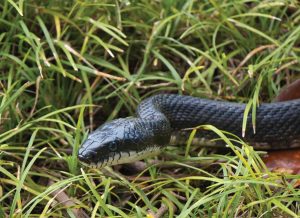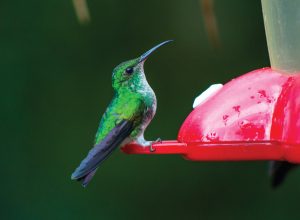Spring is a great time to get outdoors. Everything is coming back to life. Trees are beginning to bud out, flowers are blooming, hiking trails are getting used and other outdoor activities are picking back up.
Spring is also the time hunters are in the woods actively hunting wild turkeys. Turkey season is divided into two zones within the state and begins April 8 and runs through May 9 in the southern zone and April 15 – May 16 in the northern zone.
If you are not a turkey hunter, and plan on being outdoors in areas where hunters could be present, there are safety precautions you should take into consideration.
Before I dive into the safety measures, you should know that hunters are cautious individuals. The last thing they want is a shooting accident. This is in large part due to the safety training they have experienced and lessons passed down through generations.
First, turkey hunting ends at 1 p.m. every day. The reason, the Department of Natural Resources (DNR) knows other people would also like to get out and enjoy time in the woods. By ending the day’s hunt at 1 p.m., this affords everyone the opportunity to enjoy the great outdoors without the fear of an encounter with a hunter or ruining the chance for a hunter to harvest a wild turkey. The best thing you can do to ensure your safety and not ruin a turkey hunter’s opportunity is to wait until after 1 p.m. before venturing into turkey hunting areas.
People are eager to get outside, especially mushroom hunters. If you can’t wait until the afternoon, there are some safety precautions you can take.
First, go where turkey hunters are not. If you have permission to hunt on private ground, check with landowners to see if they have hunters on their ground. There are also state grounds that do not allow turkey hunting which would be perfect for your outing.
Normal outdoor conversation will alert hunters that you are in the area. The human voice carries remarkably well in the woods, often several hundred yards. You don’t have to talk loudly to alert hunters to your presence. Most likely, hunters will know you are there even though you never cross paths visually.
Be careful what you wear. Turkey hunters are hunting gobblers and often catch a glimpse of a turkey’s head before any other part it. Try to avoid wearing red, white and blue clothing. Most hunters count on the color red to tell the difference between a gobbler’s head and that of a hen’s blue-colored head. White can also look like the snowball-colored top of a gobbler’s head.
Although hunters are taught from a young age not to shoot until they are certain of their target, it is always a good idea not to appear to be something you are not.
We can all share the woods, but precautions should be taken by both hunters and individuals enjoying the great outdoors. If you follow this advice, you can have a safe and memorable outing.









